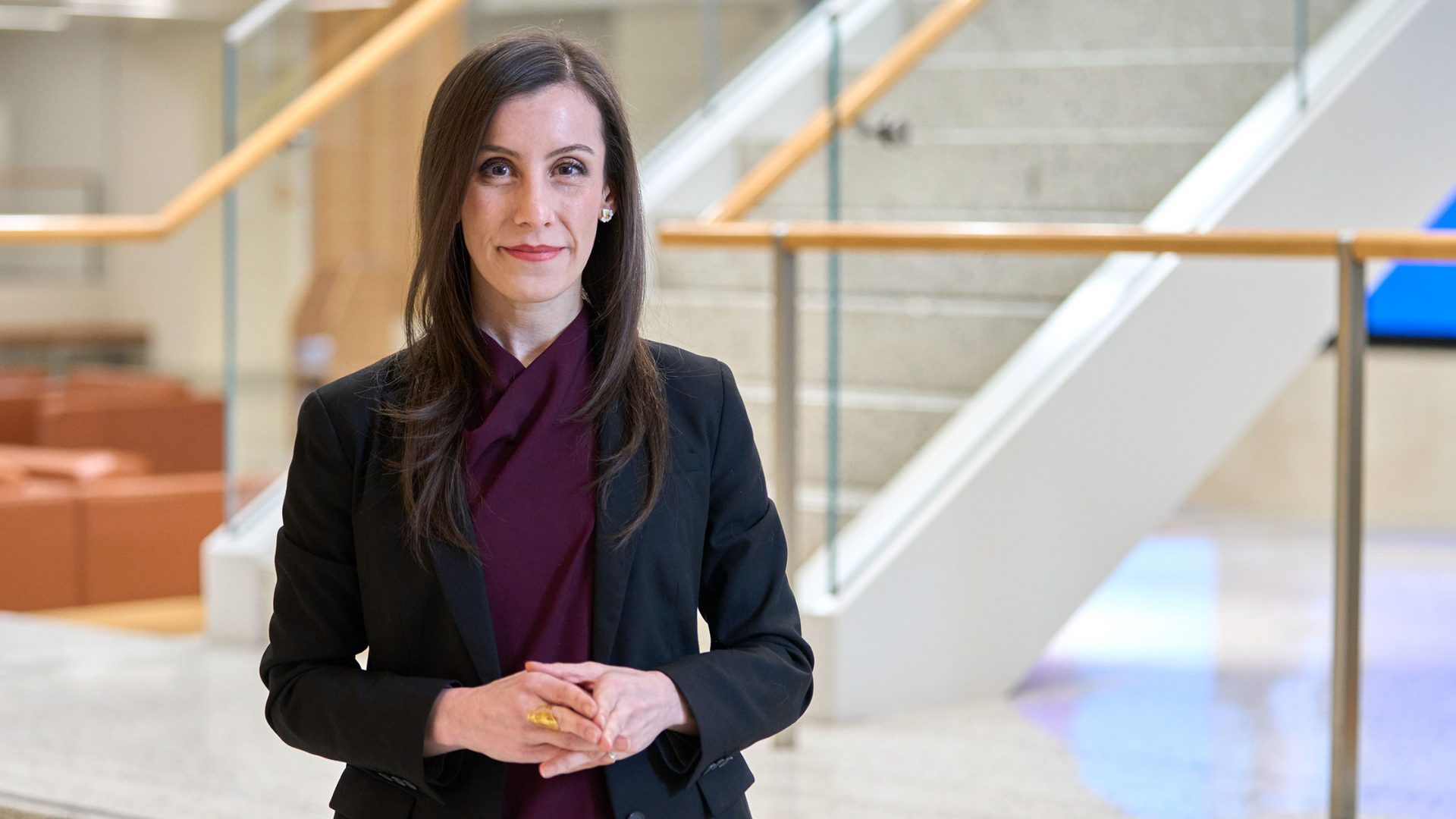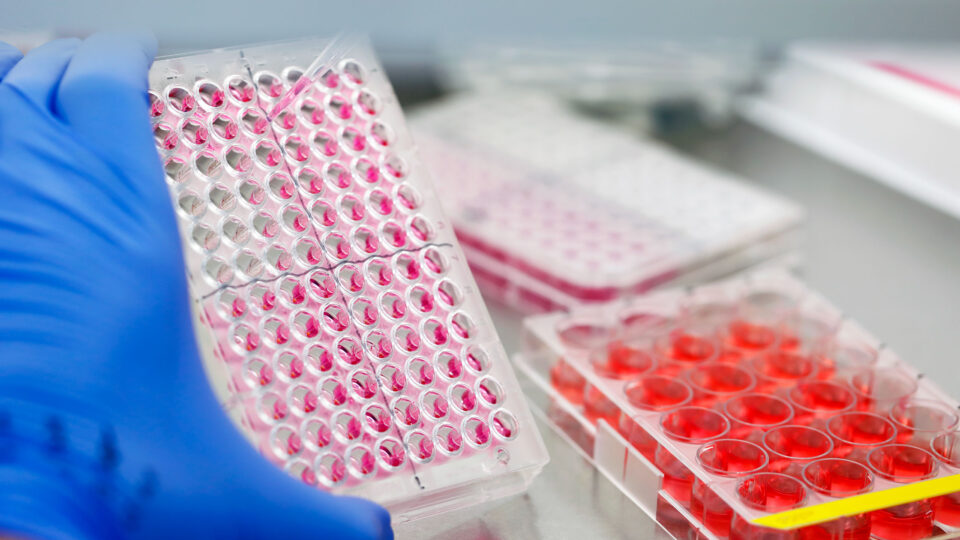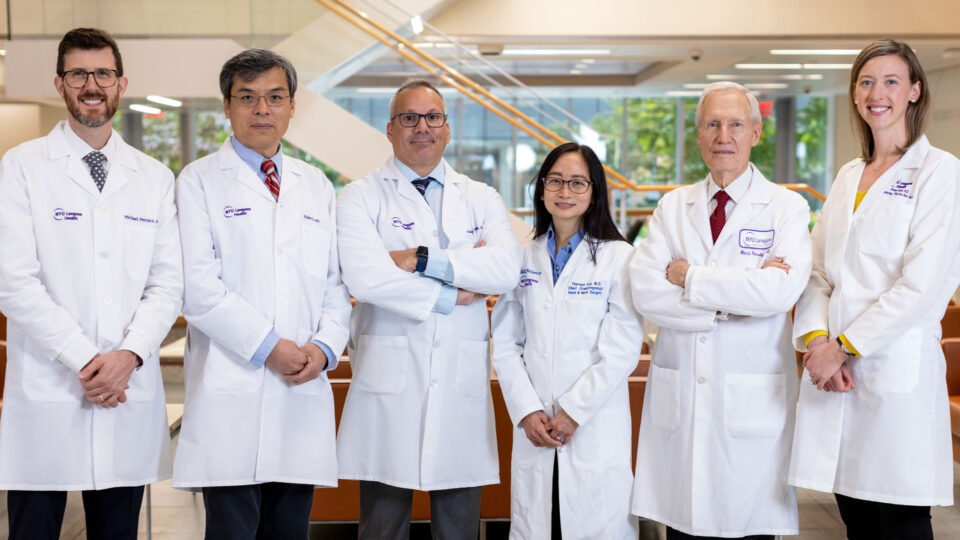Maria D. Guillermo Prieto Eibl, MD, an expert in neuroimmunology and neuro-oncology, specializes in the treatment of paraneoplastic syndromes, immune responses to cancer that impact the nervous system. While serious, treatments are available, and because symptoms can develop two to three years before the underlying malignancy manifests, some cases provide an opportunity for early detection though periodic cancer screening.
Given their varied presentations, awareness is key to ensuring patients receive early treatment and prevent long-term disability from the attack on the nervous system.
Here, Dr. Prieto, director of the neuro-oncology program at NYU Langone’s Perlmutter Cancer Center, discusses her framework for recognizing and treating these syndromes. She also shares her vision for applying neuroimmuno-oncology to advance treatments for challenging brain and spine tumors.
No Textbook Case
Physician Focus: Reflecting on the many patients you have treated with paraneoplastic syndromes, what are the most common clinical features?
Dr. Prieto: There’s certainly no textbook case. Patients present with a wide variety of symptoms including neuropsychiatric symptoms, seizures, rapid cognitive decline, and neuropathies. Autonomic dysfunction, such as orthostatic hypotension and gastric motility symptoms, are also common. Oftentimes symptoms are blamed on medications or age.
Timely Intervention Is Critical
Physician Focus: What steps do you take for diagnosis and treatment when you suspect a patient has paraneoplastic syndrome?
Dr. Prieto: Antibody panels for blood and cerebrospinal fluid are promptly ordered to provide information on the prognosis and guide the potential best treatment. These tests can take up to two to three weeks to come back. If we wait for results, patients can deteriorate rather quickly, and the damage to the nervous system can be irreversible. Therefore, we treat upfront to prevent further damage. In most cases, time is of the essence.
“Patients can deteriorate rather quickly, and the damage to the nervous system can be irreversible. In most cases, time is of the essence.”
Maria D. Guillermo Prieto Eibl, MD
First, we give high-dose steroids. If steroids don’t work, then plasma exchange is performed to remove the antibodies. If the patient doesn’t respond to plasma exchange, intravenous immunoglobulin can be given. We escalate the treatment with other medications if the patient keeps deteriorating. Following a good response, maintenance treatment with anti-CD20 monoclonal antibodies is provided to prevent the creation of new antibodies.
Sometimes an underlying cancer—the root of the problem—is found at the time of initial presentation. While the person is treated for the paraneoplastic condition, treating the malignancy results in halting the progression of the neurological decline.
Treat and Screen
Physician Focus: For patients with no detectable cancer, for whom paraneoplastic syndrome is the first sign of possible malignancy, what is your approach to treatment?
Dr. Prieto: If cancer is not detected upon initial presentation, we keep the patient on maintenance immunotherapy for about two years. This keeps the patient stable while we continue searching for the source.
“A top goal for our program is to improve outcomes for patients with cancer that affect the central nervous system.”
Young patients that have antibodies typically seen with paraneoplastic syndromes are less likely to have an underlying malignancy. Nevertheless, we still monitor closely. For example, in NMDA receptor antibody encephalitis, often linked with a benign ovarian teratoma, surgical resection of the tumor halts symptom progression and initiates a recovery process, most of the time with good success.
Healing from neurological paraneoplastic syndromes can take months to years. Patience and early rehabilitation are fundamental.
Complications of Immunotherapy
Physician Focus: You also see referrals for complications of immunotherapy that manifest as paraneoplastic syndrome or new onset of autoimmune disease but are not necessarily driven by cancer. Can you tell us about these cases?
Dr. Prieto: Certain cancer-directed immunotherapies, like checkpoint inhibitors, can trigger the production of antibodies that can cause a variety of autoimmune conditions. My colleagues often refer patients to my clinic who present with new neurological symptoms that lack a clear explanation, and we perform a meticulous evaluation to determine the optimal treatment.
Checkpoint inhibitor autoimmune syndromes tend to have a great response to steroids, with the challenge that if steroids are required for a prolonged period, the efficacy of cancer immunotherapy can be reduced. Frequent communication among care teams is crucial for proper treatment planning.
Neuroimmuno-Oncology: The Leading Edge
Physician Focus: What other conditions are you focusing on in the areas of neuroimmunology and neuro-oncology?
Dr. Prieto: A top goal for our program is to improve outcomes for patients with cancer that affect the central nervous system. While current cancer-directed immunotherapies have proven to successfully treat many cancers, these treatments are not very effective in primary brain tumors.
I’m proud to be part of the amazing team at the Brain and Spine Tumor Center, and with their support we are exploring different ways to target the immune system to treat glioblastoma and other brain tumors. Currently, our neuro-oncology program is participating on a large clinical trial offering a vaccine against glioblastoma cell components. Additional approaches to use the immune system in the treatment of these aggressive tumors will be available at NYU Langone in the near future.






